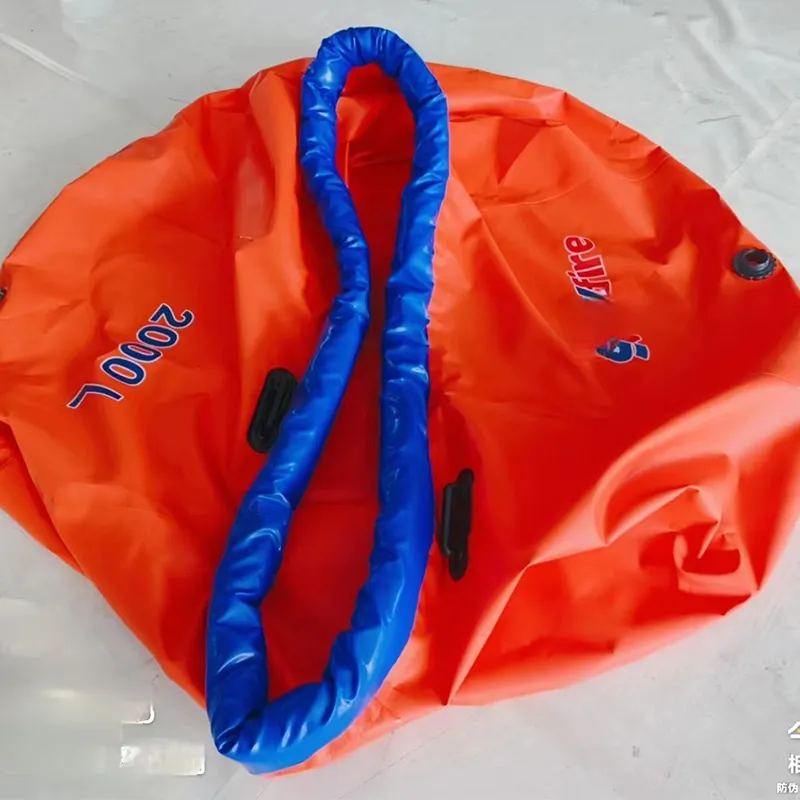

When selecting a lightweight pump, several critical aspects must be considered to leverage its full benefits effectively. Firstly, assess the pump's capacity and ensure it aligns with the intended application. A pump that is too powerful or not powerful enough can lead to inefficiencies and increased operational costs. Durability is another essential factor. Lightweight does not have to equate to fragility. Look for pumps that are made from robust materials capable of withstanding harsh conditions. Additionally, the ease of maintenance can significantly influence the total cost of ownership of the pump. Opt for models with designs that allow for straightforward cleaning, part replacements, and servicing, thereby extending the pump’s life span and ensuring reliable operation. Moreover, consider energy efficiency, a growing concern in today’s climate-aware world. Many modern lightweight pumps are designed with energy-saving features that minimize the environmental impact while reducing operational costs. In industries where pumps are used extensively, such considerations can result in considerable savings and a reduced carbon footprint. Trust is an essential element in the purchasing decision. Ensure that you rely on reputable manufacturers known for quality and customer support. An established brand typically offers better warranties and access to spare parts, both of which are crucial for long-term use. In conclusion, lightweight pumps represent a significant advancement in pumping technology, offering unparalleled benefits in terms of mobility, efficiency, and performance. Their growing adoption across a range of industries underscores their value. For businesses and operations where transportability and rapid response are vital, investing in a high-quality, lightweight pump is not just an option, but a strategic necessity that can offer measurable returns in time and cost savings.





























